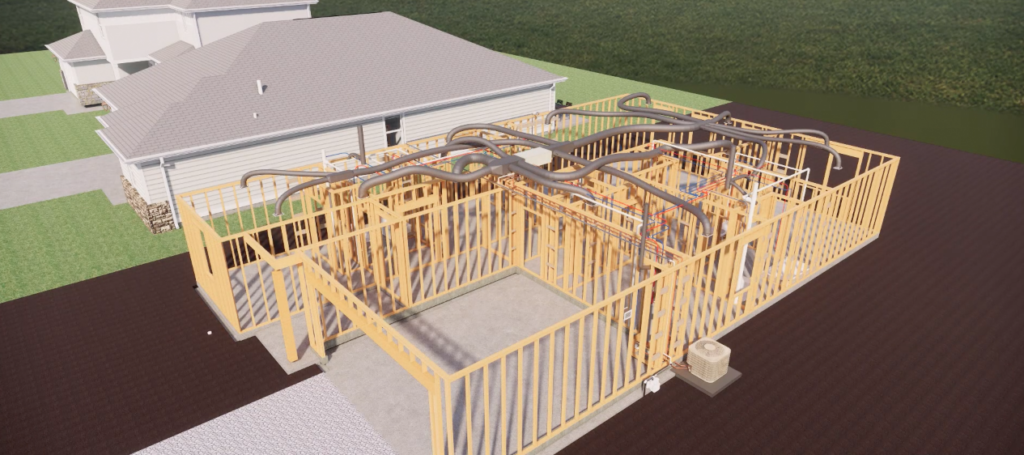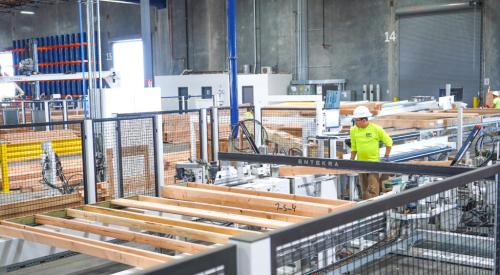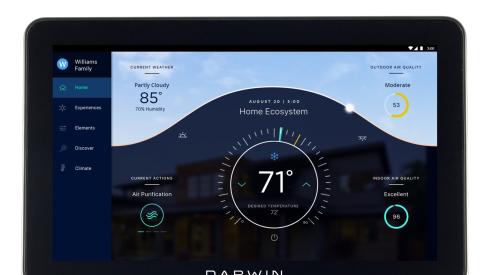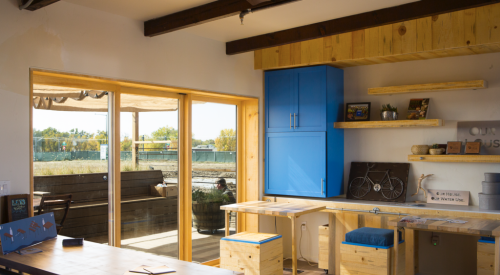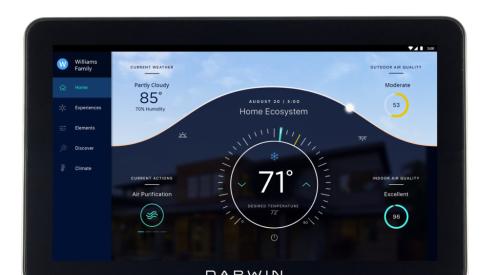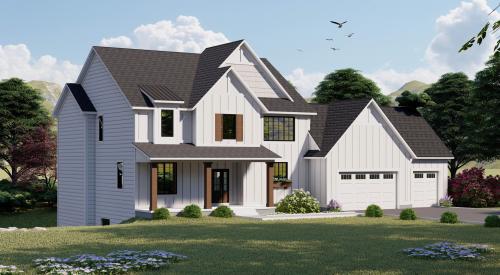It was a meeting of two worlds. On one side of the table, a building information modeling (BIM) specialist from the Chicago-area startup Digibilt explained his company’s digital approach to home construction. On the other side sat two plumbing and HVAC contractors who leaned back, arms folded, and pointed to their decades of experience. They assured the young tech expert that their plans for a new housing development would have no problems.
The Digibilt specialist returned to his office and produced a digital model that identified 11 conflicts in the virtual home design, including plumbing that would run into HVAC ducts.
Digibilt hopes to make such problems a relic of the past. “The home is the ultimate consumer product; it’s the most expensive thing most Americans buy,” says Digibilt president and CEO John McLinden. “And it deserves to be better.”
"If you look at any other mature industry in the world, it measures labor productivity. This industry doesn’t." — John McLinden, President and CEO, Digibilt
Digibilt simplifies and digitizes the building process to reduce material waste and increase labor productivity. By doing so, it creates a higher margin for its clients, primarily production builders constructing more than 50 homes per year. “Building faster, better, and cheaper,” says McLinden, who has 35 years’ experience in commercial and residential construction, notably the School Street and StreetScape USA developments in suburban Chicago.
Today, the three-year-old startup provides its digital prowess to about a dozen clients, including Century Communities, one of the country’s 10 biggest homebuilders.
How Digibilt Digitizes the Homebuilding Process
First, Digibilt takes a builder’s plans and uses a BIM tool to create a digital model of the house. That model flags any issues before the house gets built, like plumbing that would run into HVAC ducts.
“We build it digitally first so we eliminate change orders and field issues,” McLinden says. The virtual model also sheds light on any potential efficiencies, such as eliminating unnecessary parts.

Like many others in the industry, Digibilt uses the BIM tool Revit. However, “we take it to an extreme level,” McLinden says. To explain, he describes two different users of the spreadsheet software Excel. A casual user might create an Excel sheet with a simple formula that adds up a column of cells. Another, more sophisticated user, à la Digibilt, uses the same software to create a powerful regression analysis. “That’s analogous to how we use the BIM Revit tool,” McLinden says.
In a matter of seconds, Digibilt produces a bill of materials: an exhaustive list of every single item that will go into the house. (The typical house has 350 to 400 stock keeping units (SKUs), according to McLinden.) Digibilt then generates a schedule of work that indicates the resources needed for each task—for example, a five-day construction activity requiring three men.
With the virtual home design, bill of materials, and schedule all in place, the house is ready for construction. But Digibilt’s work doesn’t end there. During construction, Digibilt measures labor productivity—marking a real break from the status quo. “If you look at any other mature industry in the world, it measures labor productivity. This industry doesn’t,” McLinden says.
Digibilt does that simply through texts. At the start of each workday, the trade foreman receives a test asking if all the workers are present. Answer yes, great—proceed. Answer no, and a follow-up text asks why.
At the end of the day, the trade foreman gets another text, this time asking if the work that was supposed to get done that day actually did get done. For example, has 50 percent of the first floor’s interior framing been completed? Answer yes, great—proceed. Answer no, and a follow-up text again asks why. Say just 10 percent of the framing is done. The text then asks if the delay was caused by labor, material, weather, coordination, or other. The foreman also sends a photo of the site.
Virtual Home Design with Digibilt
A lot of scheduling tools already exist, McLinden notes, but they tend to be very complicated. So Digibilt decided to use texts, which everyone already uses and understands. (Digibilt currently has two patents pending for its software to produce the bill of materials and schedule and for its text messaging software.)

Along the way, Digibilt continually updates the schedule and uses predictive analytics to inform the builder and tradespeople of any delays. So they’re all aware if the work is trending ahead of schedule or behind it. “The biggest complaint among trades is when they show up and the site is not ready,” McLinden says. In addition, Digibilt pushes out texts with instructional videos to help workers with particularly challenging aspects of construction.
But it is the texts’ “why” question that matters most. And it’s that question that McLinden is amazed the construction industry doesn’t already ask. “Remarkably, this industry doesn’t track the causes of delays on sites. It’s crazy,” he says. Moreover, that tracking eventually will deliver the greatest value for his company, McLinden says. “The value of Digibilt ultimately will be in the data we have.”
In the end, Digibilt’s builders and their clients have a detailed account of everything that went into the construction of each home—even including the weather conditions while it was built. That provides the builder with a competitive advantage, and the homeowner with invaluable information. “The new homeowner is no longer left in the dark about this half-million-dollar thing they bought,” McLinden says.


